Blog
Explore the Power of Lithium Innovation
Stay updated with the latest trends, technologies, and application insights in the world of lithium battery solutions
Search the whole station
Explore the Power of Lithium Innovation
Stay updated with the latest trends, technologies, and application insights in the world of lithium battery solutions
When people hear aircraft battery pack, they often picture a giant, high-tech box hidden inside the fuselage of an electric aircraft. In reality, the term covers a wide range of systems: from portable units used to start engines on the ground, to massive lithium packs that power electric and hybrid aircraft in flight.
An aircraft battery pack is essentially a cluster of individual cells, connected and managed together, to deliver stable power. Depending on the type of aircraft, these packs can serve different purposes:
The difference from a car battery is enormous: aviation packs must survive vibration, temperature swings, crash loads, and strict safety tests — all while being as light as possible.
Traditional airplanes use compact packs to start engines or supply emergency backup power. These units focus on delivering high bursts of current for short durations.
For electric aircraft, the battery pack becomes the heart of the propulsion system. Here, energy density and safety define what is possible. Studies show that while a single cell may offer 400 Wh/kg, the complete pack usually delivers only around 250–300 Wh/kg after adding cooling, casing, and monitoring systems.
Large packs generate heat quickly. Without efficient cooling, one overheating cell could trigger a chain reaction. Designers rely on advanced air or liquid cooling, as well as protective casings, to keep temperatures stable.
Every protective layer adds weight. Yet regulations demand crash resistance, fire suppression, and venting solutions. Engineers constantly walk the line between performance and compliance.
Aircraft battery packs are not just bigger versions of car batteries — they are aerospace systems combining chemistry, electronics, and structural engineering. The next breakthroughs will likely come from:
From small units that provide engine starts to large packs designed for full electric propulsion, aircraft battery packs are central to aviation’s evolution. While challenges remain in weight, safety, and energy density, steady progress suggests they will play a decisive role in shaping the future of air travel.

Get reliable 33.3V 18650 drone battery pack built with Grade A lithium-ion cells. Ideal for drones, security systems, medical devices, aerospace, and industrial equipment. We offer custom drone battery packs with long cycle life, high discharge performance, and stable power. OEM/ODM supported by a leading drone battery pack manufacturer in China.
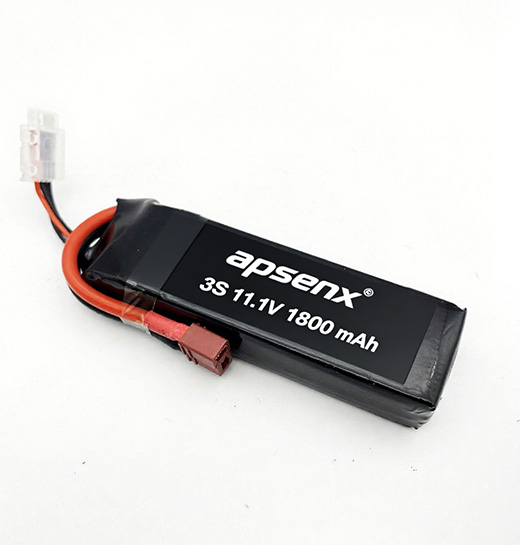
Apsenx 3S LiPo battery delivers powerful, stable energy for FPV and RC drones. Designed for advanced pilots, it balances voltage, capacity, and weight for optimal flight performance and extended runtime.
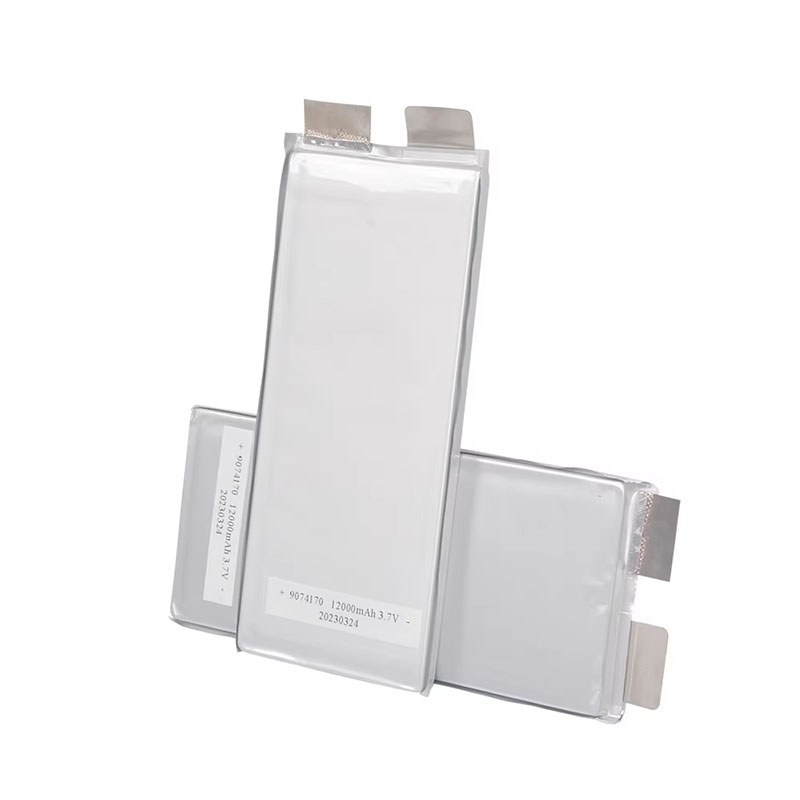
Apsen 12000mAh high-rate low-temperature UAV lithium battery with smart BMS for industrial and consumer drones. Long endurance, high discharge rate, customizable voltage, and certified global safety compliance.
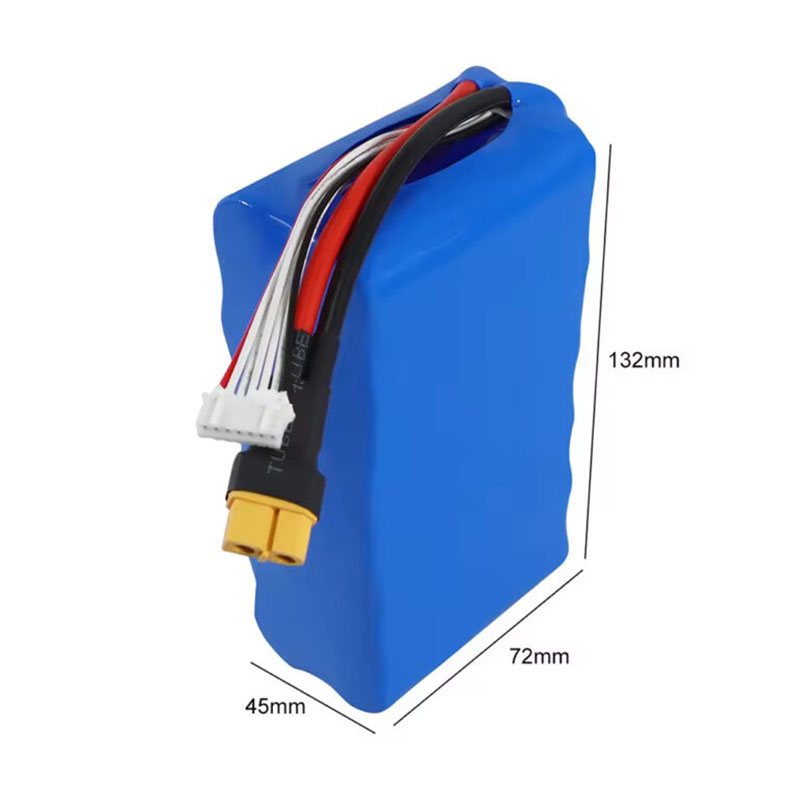
Apsen 8000mAh 21700 6S2P 22.2V 10C LiPo battery for RC aircraft, FPV drones, and industrial UAVs. High discharge rate, customizable connectors, OEM/ODM support, and certified safety compliance.
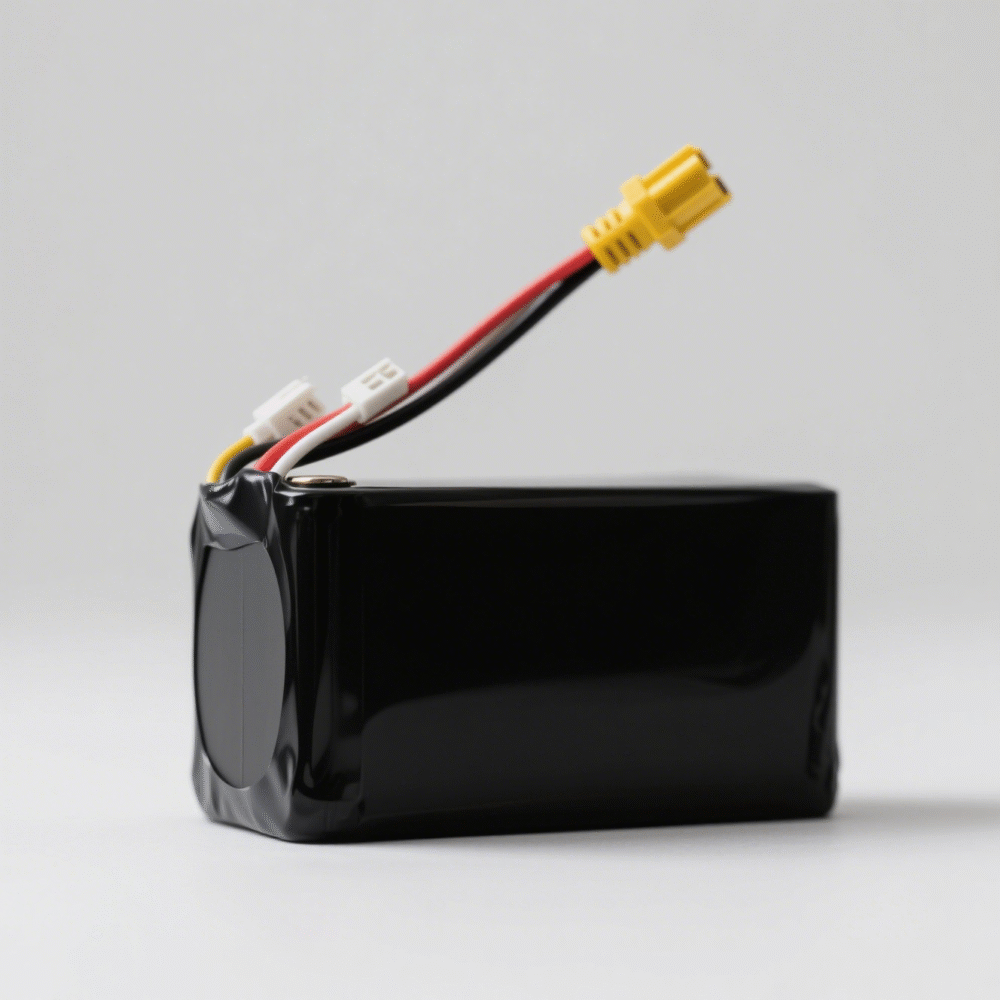
Apsenx 6S 22.2V 12000mAh LiPo battery for agricultural drones, FPV racing, and RC aircraft. Features XT90 connector, high discharge rate, long flight endurance, and full OEM customization.
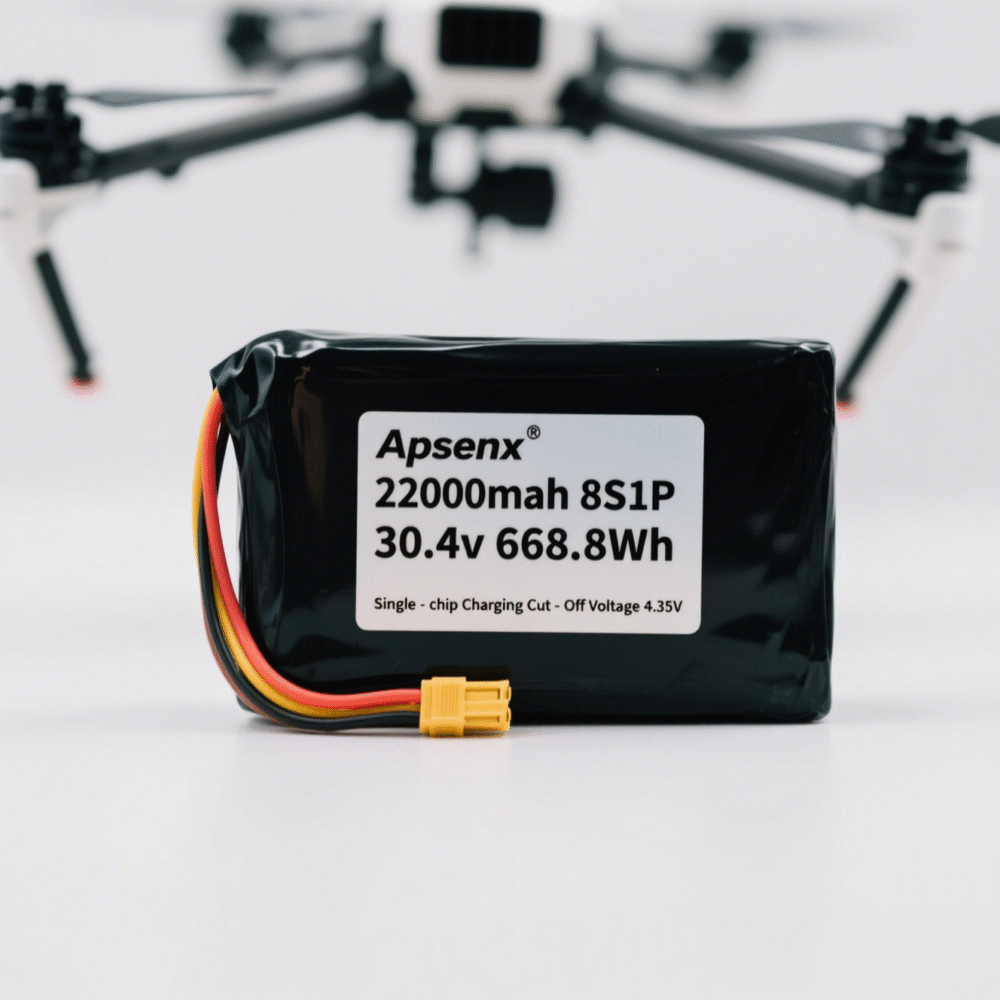
Apsenx 22000mAh 8S1P 30.4V lithium battery for drones, RC aircraft, and industrial equipment. Delivers 668.8Wh with XT90 connector, stable voltage, and full OEM customization options.

Apsenx 22.2V 15000mAh 10C high-rate 21700 Li-ion battery for FPV drones, RC aircraft, and agricultural UAVs. Delivers up to 150A continuous discharge with XT60 connector, long cycle life, and stable performance.
In-depth review of the 4000mAh 18650 battery, analyzing capacity, discharge performance, and real-world usage. A comprehensive guide to help you make informed battery choices.
View detailsLearn the charging times for Li-ion, Li-Po, and Ni-MH agricultural drone batteries, factors affecting charge speed, proper charging methods, and safety precautions.
View detailsLooking for bulk 18650 batteries? Learn how to select a reliable manufacturer for custom 18650 lithium battery packs with quality assurance, OEM/ODM services, and fast delivery.
View detailsDiscover the advantages, applications, and building tips for 18650 battery packs. Learn why they’re ideal for electric vehicles, portable electronics, and more.
View details
HelloPlease log in